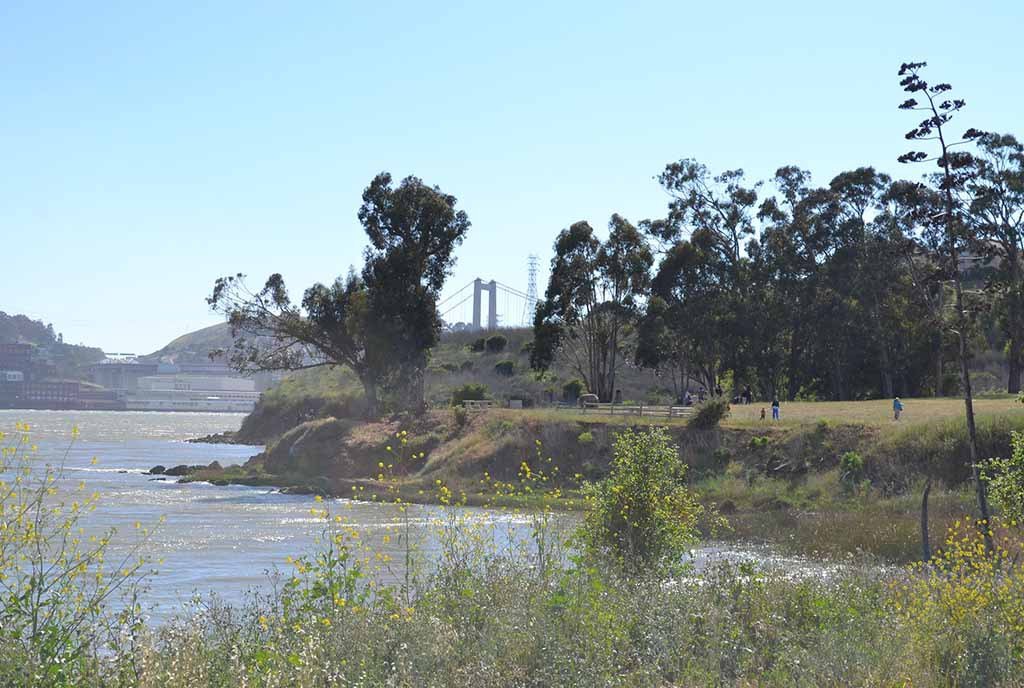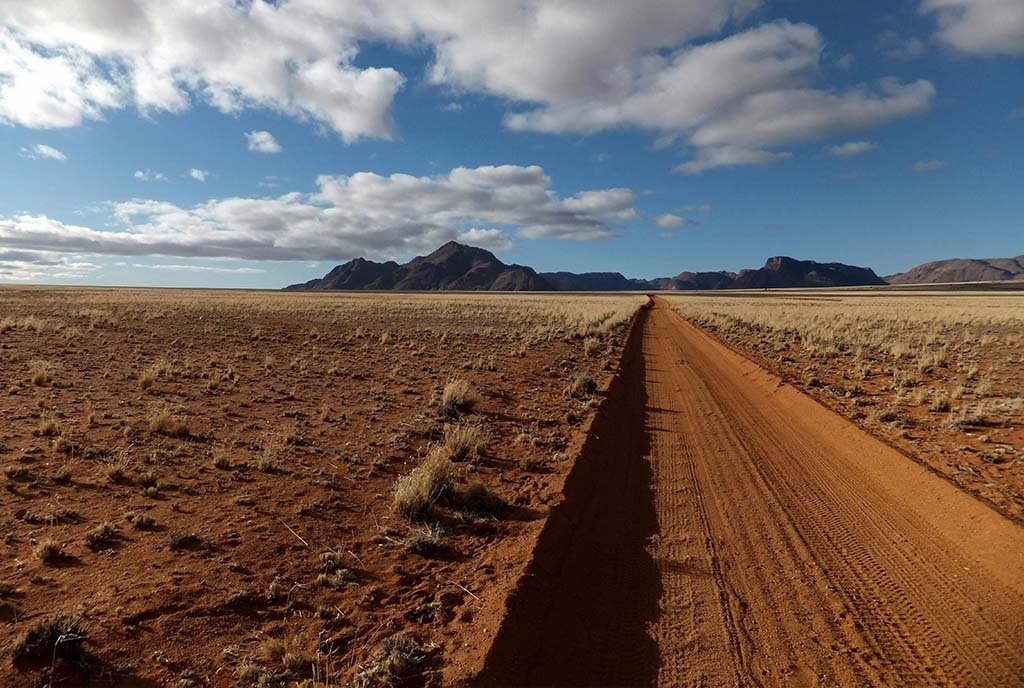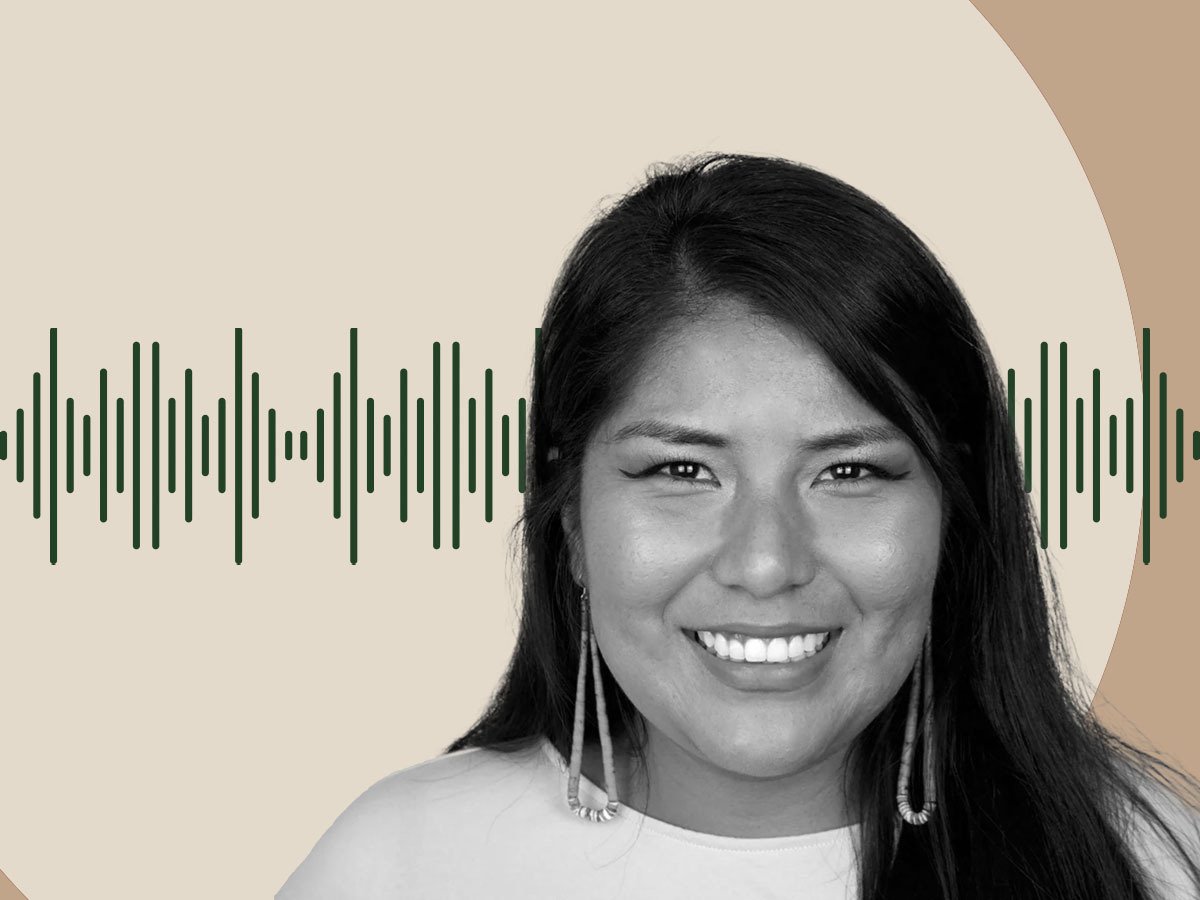
In this interview, Corinna Gould (Lisjan Ohlone) shares her account of the development of the Sogorea Te’ Land Trust, which was founded in 2015.
As Gould explains, the Native-owned land trust is the result of decades of education and organizing, including a 109-day occupation in 2011 at Sogorea Te’ (Glen Cove) on the Carquinez Strait in Vallejo, CA, to prevent park development from disturbing a Lisjan Ohlone shellmound, or burial ground. The standoff ended with an agreement among two federally recognized tribal nations, the city of Vallejo, and the parks district to create a cultural easement to protect the burial grounds.
Gould discusses the legacy of that occupation, the land trust’s development, and the connection of the land trust with the broader international Land Back movement.
This interview has been edited for clarity and length.
Steve Dubb: Could you briefly explain for readers who are the Lisjan Ohlone people?
Corinna Gould: We are a confederation of different tribes who were enslaved at Mission Dolores in San Francisco and Mission San Jose in Fremont. Our lineages encompass Ohlone, Bay Miwok, Plains Miwok, Delta Yokut, and Patwin peoples. And our tribal territory encompasses five Bay Area counties: Alameda, Contra Costa, San Joaquin, and parts of Solano and Napa counties along the waterways.
SD: How was the land trust formed?
CG: Johnella LaRose and I—she’s the cofounder and codirector of the Sogorea Te’ Land Trust—started doing work around sacred site protection when the new money came in from [a booming] Silicon Valley. So, lots of our burial sites and shellmounds started to be redisturbed. We were trying to stop that from happening. And we found ourselves chasing after developments all the time, learning as we went about CEQA [California Environmental Quality Act] laws and environmental impact reviews. At the same time, we were educating the public and the local intertribal community about the things that were happening.
“We laid a sacred fire down, and people from many different tribes came and prayed at that site and protected that site.”
We used the 1909 Nelson map [of Ohlone shellmounds] to create a walk in 2005. We walked from Vallejo down to San Jose and up to San Francisco, walking with people from all over the world that came to recognize the shellmounds, these sacred sites, that were now under parking lots, buildings, railroad tracks, schools, and bars. We did that walk for five years, trying to stop at all these places, as many as we could find, and laying down prayers for ancestors to remember us as we were remembering them.
There was a real push in the Bay Area to get people educated, to acknowledge that we are still here as a people. Because we had done all this education, people in the Bay Area understood what we were talking about.
There are two shellmounds along the Carquinez Straight at Sogorea Te’. And [in 2011] the City of Vallejo gave the parks district permits to destroy that site. So, we laid a sacred fire down, and people from many different tribes came and prayed at that site and protected that site, until the first cultural easement between two federally recognized tribes, a city, and a park district was created, thereby protecting that land forever from being developed.
But in Sogorea Te’ for those 109 days, it was really about creating community and the way people came together and prayed together—and ate together and stood up and protected a sacred site together.
And Johnella and I came back and tried to figure out how do we create something in that spirit, so that it gave people an understanding of who they were and what our responsibilities were to the land and water.
I was invited to a meeting in Southern California by Beth Rose Middleton Manning, who is a professor at the University of California, Davis and she’s on our board. She wrote a book called Trust in the Land about Native land trusts.
It was interesting that when I sat in that room for a few days, there were all these land trusts created by Native tribes and Native organizations to try to get land back. But all those land trusts were run by men. And so, we decided were going to create the first urban Indigenous women-led land trust in the country.
So, we began to look at this model of a land trust as a way of bringing land back, about us reconnecting to the land, bringing back California native species, clearing, fixing our creeks.
It’s been our dream to figure out how do we reengage our Indigenous young people. Then we also must look to all the people that live in our territory—not just Indigenous people but all people who live here. What is our responsibility to our earth, our waters, our air, our fire, for a place we call home? And how do we engage people into being a part of that journey with us?
SD: What else can you say about the primary goals of the land trust?
“To educate the public, we have worked on curriculum with an interdistrict group of teachers to accurately talk about [Native] history.”
CG: One of the goals that I didn’t talk about [was] fighting for our ancestral remains to return to our people. UC Berkeley holds 9,000 of our ancestral remains, hundreds of thousands of our funerary items. How do we begin to think about what land it is going to take it to rebury those ancestors with dignity? And not just dignity for them. It would give dignity back to all the people that have been involved in this process.
How do we reinter our ancestors in a dignified manner? Along with all the other plans to reengage our young people, it is also a way to reengage to bring our ancestors home, and you need a land base to do that.
Sign up for our free newsletters
Subscribe to NPQ's newsletters to have our top stories delivered directly to your inbox.
By signing up, you agree to our privacy policy and terms of use, and to receive messages from NPQ and our partners.
SD: You formed the land trust in 2015. To date, it has acquired 50 acres. Could you discuss the land in the trust—and also describe some of your other work?
CG: We had 43 acres that came to us through Movement Generation. It is a nonprofit that wanted to figure out how they could do their work around healing and working but also not wanting to take more land from the Lisjan people. How do we do that together? So, they raised the money to purchase that land. We got [the] title deed as the land trust. The city of Oakland returned five acres of land in the Oakland Hills. And, recently the West Berkeley shellmound, we were able to free that land.
Along with the land we have acquired, we have also been able to employ young people. To educate the public, we have worked on curriculum with an interdistrict group of teachers to accurately talk about [Native] history—not just in fourth grade, but throughout middle school and high school.
SD: Could you say more about the 43 acres acquired through Movement Generation regarding what this land is and how is it being used?
CG: Currently it is mostly open space land. It is located near Canyon, in Contra Costa County. There are a few buildings that are on the land that Movement Generation will be reusing for offices and spaces. They will be doing trainings—places for BIPOC folks to go and to learn together, so that is mostly what it is right now.
“Rematriation is thinking about the whole rather than the individual. It is about making sure there are places for everyone that is part of this work.”
It was a new relationship with them. We are continuing to build that relationship with them. We have our young people. We have a youth program. And our young people went and camped out there last year. Our staff go out there occasionally. We have combined projects together.
We really are dreaming about this stuff. I think that’s the important thing about the land that we are taking care of. It doesn’t necessarily mean we have to immediately start building or immediately have a plan. It’s really about having the ability to just breathe. And let’s figure out what is it that we want. What is it that is needed? How do we begin to do this work of restoration, cleanup, and taking care of land?
SD: Could you talk about rematriation? What does it mean to you?
CG: I believe that rematriation is Indigenous women’s work to bring balance back into the Earth and to bring our two-legged relatives along with us. And to remember our sacred responsibilities to our mother earth, to our waterways, to the air we breathe, and even the sacred relationship to fire—human beings have gotten so far away from our relationship with fire that we are afraid.
And pass on traditional knowledges to the next generation, reminding people how to make decisions. What are the decisions that we are making that is going to affect their lives? I think if we look at that Indigenous epistemology, as human beings we would be able to thrive in a better way. I think that is all about rematriation.
Rematriation is thinking about the whole rather than the individual. It is about making sure there are places for everyone that is part of this work. And so, it includes our two-spirit nonbinary relatives as well. It is intergenerational work, bringing our elders and youth together. It is work of language revitalization and remembering of our plant relatives and our responsibility to them.
SD: As you know, the Bay Area is home to many Indigenous folks who come from Native nations other than the Lisjan Ohlone. How does the land trust interact with other Native peoples living in the Bay Area?
CG: I think that is beautiful because most of our staff and board members are intertribal.
So, how do we ensure that if you find yourself in the diaspora from your own land, how do you find this place your home as well? How do you make sure you’re working together with the tribal people? I think that is really an Indigenous teaching. You don’t go to someone else’s land and just assume that you’re just going to make your life there without having relationships.
What are the things that you are expected to do? I think it is really about this model of being a good guest. And that is one of the things we talk about all the time. How are you a good guest on the land where you live, work, and play on?
For Indigenous people, as well as non-Indigenous people, I think this is a good question to ask: What is your relationship with the First Nation people? What is your relationship to the land and waters? How are you making sure you are living in reciprocity? How are you a good guest? How are you asking permission? How do you show up in a good way?
As we continue to have relationships, there are dozens of nonprofits that are intertribal, that have been working in the Bay Area since the 1960s. We have relationships with all those groups. Like the American Indian Child Resource Center, for example, they have a youth program and have three raised beds at one of our community gardens. And they bring their young people over there to show them, to teach them, about growing foods and what does it look like. So, the young people are learning about that, as well as about Sogorea Te’ land trust.
And I think that’s a wonderful way of doing that. You have a youth program that engages in the history of the Bay Area, and what does that look like, learning about the history of the first tribes but also learning about the history of how each of their own intertribal people came to be in this land and how we work together. I think it is really about this education process.
SD: How does the shuumi (land tax) work? How many people and institutions are paying the land tax? How much revenue does that generate?
CG: Hundreds of people pay shuumi every month—individual donors. There are a good handful of funders that are foundations that are including shuumi as part of their regular budgets right now. We have also been working with multiple groups like the Justice Funders—a group of foundations that are coming together to do similar work. They have really been pushing other Bay Area foundations to pay shuumi as part of their budgets. I think that has been a beautiful way of doing this work together.
We invite people. “Shuumi” means “a gift” in the Chochenyo language, the language from this area. We are inviting people to engage in the work of rematriation. Not everyone can go out and plant stuff with us or clear land. But you can ensure that the work carries on by paying this honor tax.
It really was an idea that Seventh Generation Fund in Northern California created, when the tribal people up there had an island returned to them and it needed to be cleaned up. Really, I give a lot of respect and honor to them for creating this. And we asked permission to use that similar thing here in the Bay Area.
So, we had some allies that created what that platform would look like. You plug in if you’re a homeowner or a renter. How many bedrooms? And it suggests a donation. People either donate once a year or monthly. It has worked really well for Sogorea Te’ land trust, and it has given us the ability to not have to look for grants as much as other nonprofits do.
SD: Do you have a sense of how much of your budget comes from shuumi?
CG: I don’t have exact figures, but in round numbers, I would estimate 75 percent.
SD: How does the work of the Sogorea Te’ land trust connect with the Land Back movement?
CG: I think Land Back at this stage is an international movement. We have heard of people giving land back to the Aboriginal movement in Australia. There’s a time when things change in the world. There is consciousness that is built. And it kind of takes off from there.
I think Sogorea Te’ has been one of those places where there is a consciousness that we have helped to raise around the First Nations people whose land people are on in the Bay Area. But also, this idea that we need to change as human beings.
We have not consciously, as human beings, been at this place before now. It’s moving and growing. And Sogorea Te’ is finding themselves in the Bay Area in this beautiful way where we can look at this land with other people. And say: How do we take this land and return it to its rightful place? How do we honor this land that may have been developed on? I think that’s important, that we’re able to look at this land as a relation, right? She has been taking care of us for thousands of years and now it is time for us to return our traditional responsibilities of being a part of her again.
So, I think that is what this Land Back movement is. People really want to be engaged in Land Back movements. I think that the land trust model allows us to do that. Sogorea Te’ has also been instrumental with other Land Back organizations that have started over the last few years and helping them to set up shuumi.
We have a beautiful relationship with the Sustainable Economies Law Center that helps us to think outside the box as well—really trying to create spaces and to create educational opportunities for the general public to learn what “land back” means, and how to participate in it. I think that has been a great thing about the Land Back movement. We are all teaching each other and learning from one another. Sogorea Te’ is part of that larger movement.












